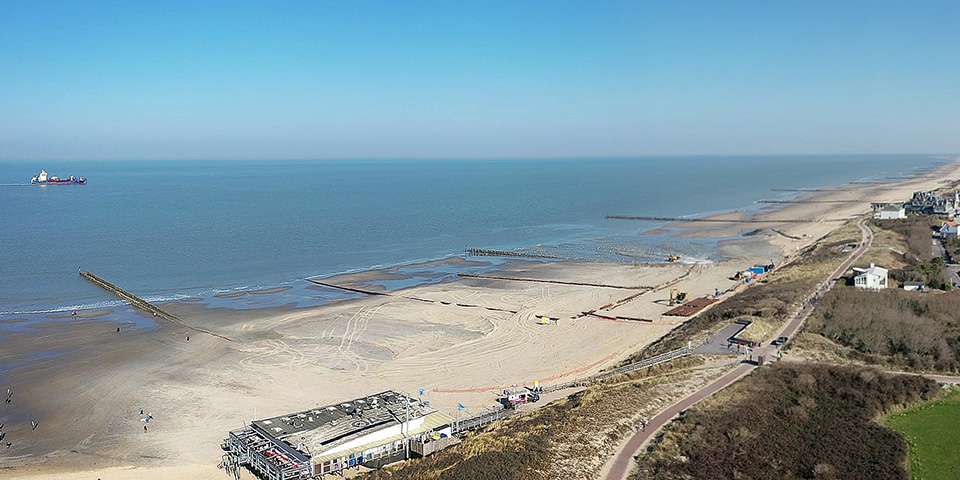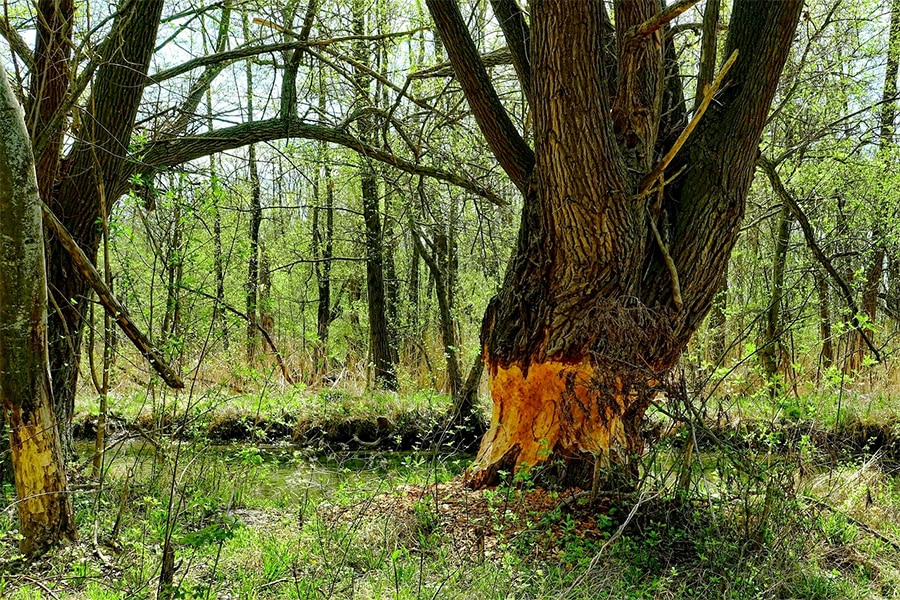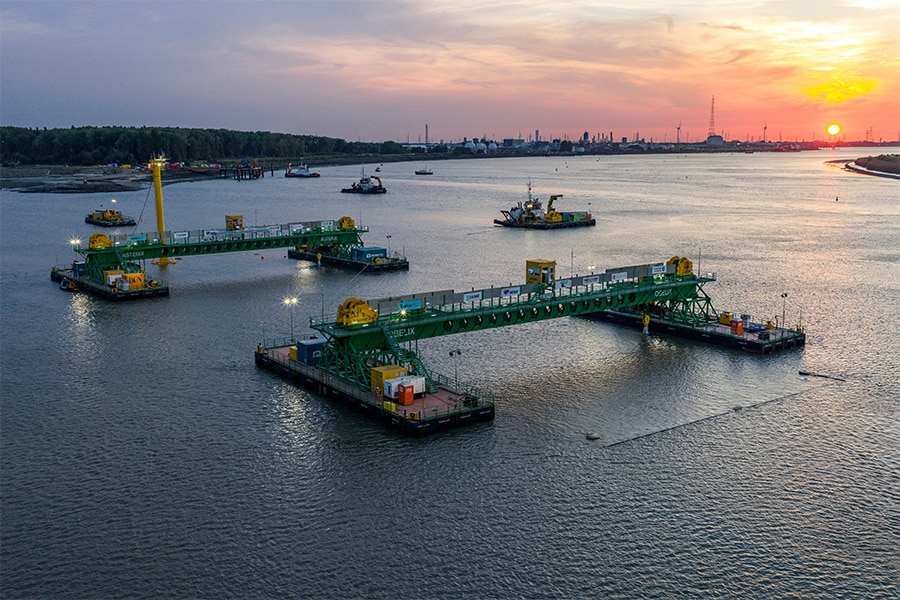
An old friend back in Dutch waters
Recently, a Danish trailing suction hopper dredger can be observed on the Dutch coastline. Rohde Nielsen A/S headquartered in Copenhagen is a familiar face in Dutch waters. Projects carried out by this Dane include beach and foreshore replenishment, maintenance dredging of ports and waterways, port development, reclamation and offshore dredging.
Hans Nicolaas, Area Manager at Rohde Nielsen A/S says they have already carried out several replenishment projects in the Netherlands to the client's complete satisfaction. "Meanwhile, we are again working with our trailing suction hopper dredger, the old familiar Njord R, along the Dutch coastline."
Coastline Care
Under the influence of the sea, wind, currents and a rising sea level, the coast is losing ground. If nothing is done, we will lose part of our land to the sea. Rijkswaterstaat therefore measures the position of the coast every year. These measurements are compared with the basic coastline, which was introduced in 1990. It was decided then that the coastline should not shift further inland. By spraying sand on and just off the coast, Rijkswaterstaat keeps the coastline in place. Sand is flexible, relatively easy to apply and it fits in with the natural character of the sea, the beach and the dunes. Hans: "In the period 2012-2015, Rohde Nielsen A/S carried out work along the entire coast at various locations from Ameland to Westkapelse Zeedijk. In this current contract, we return to Westkapelse Zeedijk, Domburg and Renesse. So this is familiar territory for us. Scheveningen is also in the contract this time. A nice challenge to now also show our qualities on the busiest beach in the Netherlands."
Taking into account preconditions
"When working on the shoreline, there are of course some boundary conditions we have to take into account," Hans continues. "Safety is very important, but there are also closed periods during which we cannot work (recreation period July-August). And we obviously take ecological aspects into account. Some areas are a Natura 2000 area, for which specific rules apply. That is why we also do an ecological survey. In Renesse, we take into account the seals in the area. Also the red-throated diver, a bird that can be seen mainly along the North Sea coast and almost only in the period October to May, is a factor we take into account."

The beach at Domburg with Rohde Nielsen A/S's Njord R approaching.
God of the sea, again, wind and firer
All vessels in the Rohde Nielsen A/S fleet have names from Norse mythology. So does the hopper Njord R, which is now at work along the Dutch coastline. "Njord is the God of sea, weather, wind and fire, and therefore very appropriate," Hans believes. "The vessel, a sleek, split hopper dredger, was built for global operations and is probably one of the largest and most versatile split hopper dredgers ever built! When placing a load of sand for shoreface replenishment, it can be done very precisely and with high compaction by split dumping, a method increasingly required. The vessel is specially designed for use in shallow waters, ideal both for maintenance of navigation channels and harbors, beach replenishment and land reclamation projects. With very high efficiency, relatively low energy consumption and a very high number of workable days, our vessels will do just fine here." Hans concludes, "Despite the fact that we are a Danish company, this is why we can also be found regularly in Dutch waters!"




